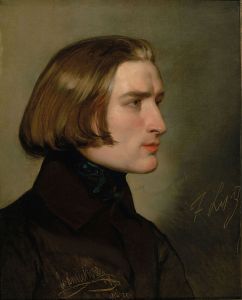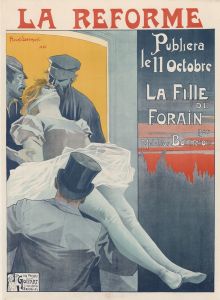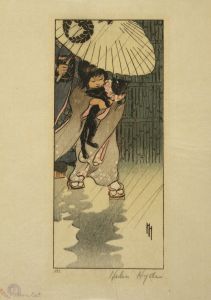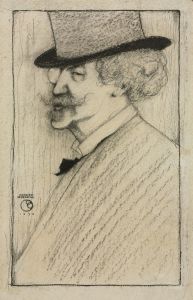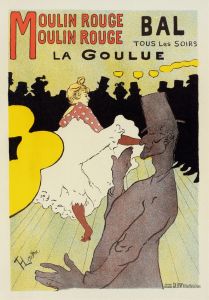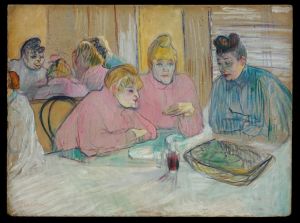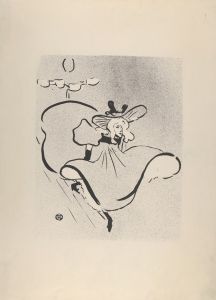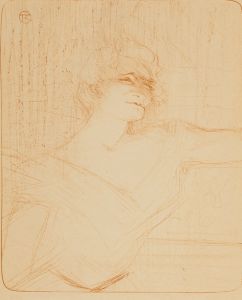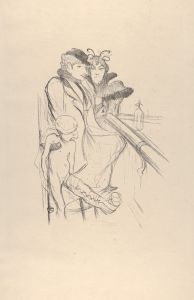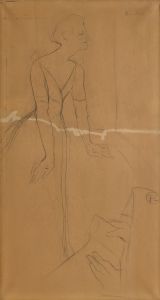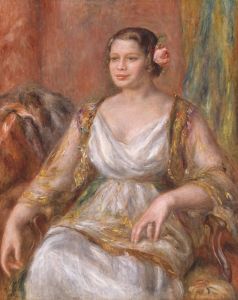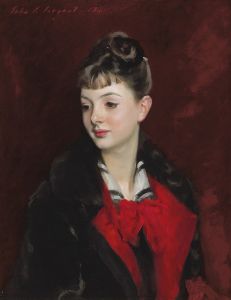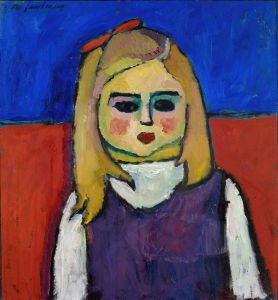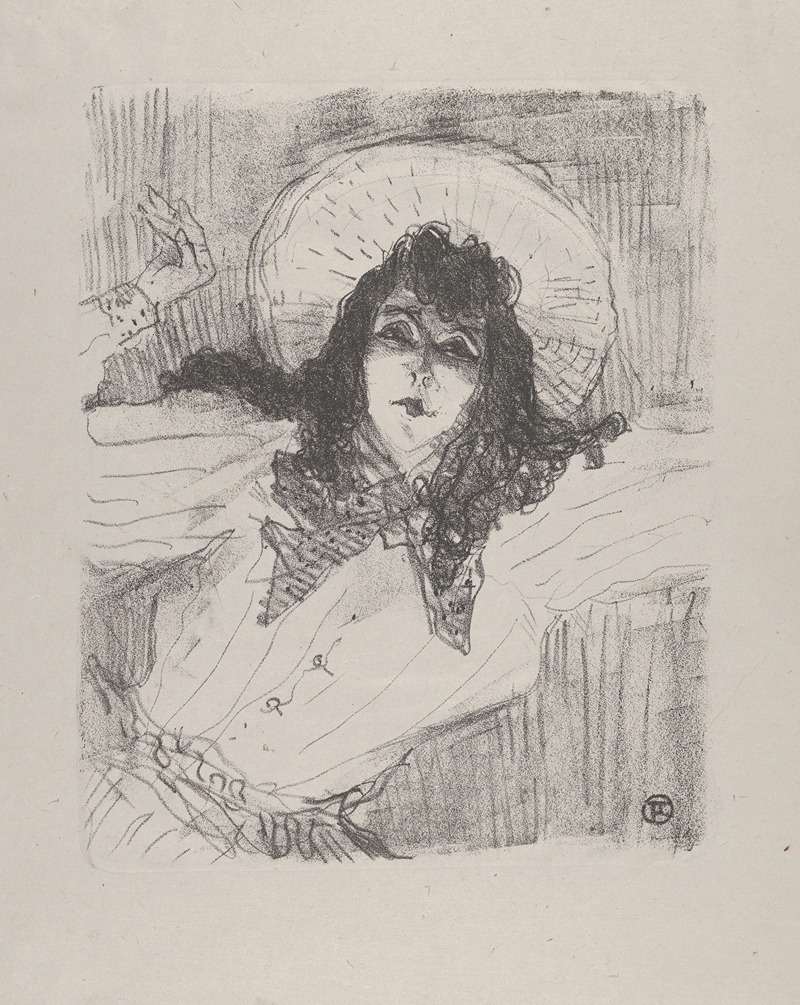
May Belfort
A hand-painted replica of Henri de Toulouse-Lautrec’s masterpiece May Belfort, meticulously crafted by professional artists to capture the true essence of the original. Each piece is created with museum-quality canvas and rare mineral pigments, carefully painted by experienced artists with delicate brushstrokes and rich, layered colors to perfectly recreate the texture of the original artwork. Unlike machine-printed reproductions, this hand-painted version brings the painting to life, infused with the artist’s emotions and skill in every stroke. Whether for personal collection or home decoration, it instantly elevates the artistic atmosphere of any space.
"May Belfort" is a painting created by the French artist Henri de Toulouse-Lautrec in 1895. Toulouse-Lautrec, known for his depictions of Parisian nightlife, captured the essence of the bohemian lifestyle in Montmartre during the late 19th century. This particular work portrays the Irish singer and performer May Belfort, who was a well-known figure in the cabaret scene of Paris at the time.
The painting is executed in oil on cardboard, a medium that Toulouse-Lautrec frequently used for its versatility and ease of handling. The dimensions of the artwork are approximately 60 cm by 45 cm. In this portrait, May Belfort is depicted in her stage costume, which includes a distinctive black dress with a white collar and cuffs, and a large red bow in her hair. She is shown holding a small black cat, an accessory that became part of her stage persona.
Toulouse-Lautrec's style in this painting is characterized by his use of bold lines and flat areas of color, influenced by Japanese ukiyo-e prints, which were popular in Europe at the time. The background is relatively plain, focusing the viewer's attention on Belfort herself. The artist's signature can be seen in the lower right corner of the painting.
May Belfort was known for her performances at the cabaret Le Chat Noir and later at the Moulin Rouge. Her act often included singing risqué songs with a childlike innocence, which contrasted with the provocative content of her lyrics. This juxtaposition made her a popular and memorable performer in the Parisian entertainment world.
Toulouse-Lautrec's depiction of May Belfort is not just a portrait but also a reflection of the vibrant and sometimes decadent culture of Montmartre. The artist had a keen interest in capturing the personalities and atmospheres of the places he frequented, and his works provide a historical record of the nightlife and entertainment industry of his time.
The painting "May Belfort" is part of the collection at the Musée Toulouse-Lautrec in Albi, France, which houses a significant number of the artist's works. The museum is located in the Palais de la Berbie, a former bishop's palace, and is dedicated to preserving and showcasing the legacy of Toulouse-Lautrec.
Henri de Toulouse-Lautrec's contributions to art extend beyond his technical skills; his works offer a window into the social dynamics and cultural practices of late 19th-century Paris. "May Belfort" is a prime example of his ability to capture the spirit of his subjects and the environments they inhabited, making it a valuable piece for both art historians and enthusiasts.





